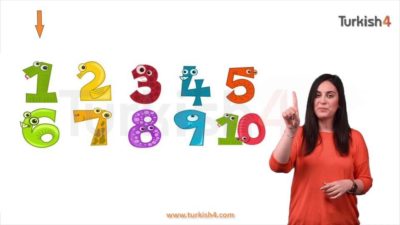
Let’s Start!
Teaching phonetic sounds is considered as a subject that is always included in general language teaching programmes. The teaching process of Turkish as a foreign language also begins with introducing the sounds. In this introductory video, a teacher and two child actors create awareness by introducing Turkish sounds. Thus, children will recognize Turkish sounds, will have less difficulty in vocalizing words and will take the first step in learning Turkish.










